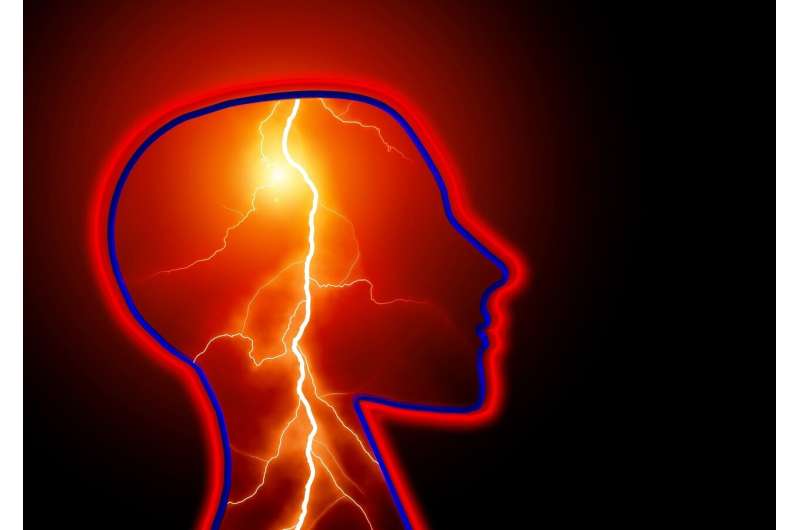
A new study has found that people age 70 and older are having fewer strokes, and fewer people of all ages are dying from the disease. The study, which examined the population of Denmark, is published in the February 10, 2021, online issue of Neurology, the medical journal of the American Academy of Neurology. In older people, researchers found declines in both ischemic stroke, caused by a blockage of blood flow to the brain, and intracerebral hemorrhage, when a blood vessel bursts inside the brain.
“Stroke is a leading cause of death and disability in the world,” said study author Henrik Toft Sørensen, M.D., Ph.D., D.M.Sc., of Aarhus University Hospital in Aarhus, Denmark. “Recent research on the incidence of stroke has been mixed, and some studies have reported an increase among young people. However, our research found no increase in stroke among young people, and it also found the incidence of stroke declining among older people, which is encouraging.”
For the study, researchers used national health care registries in Denmark to identify all people in the country hospitalized with a first-time stroke between 2005 and 2018. They identified 8,680 younger adults age 18 to 49 who had a stroke during that time, and 105,240 older adults age 50 and older.
Researchers calculated yearly incidence rates for both ischemic and hemorrhagic stroke based on the Danish population. They also calculated incidence rates based on age.
Researchers found the incidence rate of stroke in people 49 and younger remained steady over the course of the study, with around 21 cases of ischemic stroke per 100,000 person-years at the start and end of the study. Person-years take into account both the number of people in the study and the amount of time each person spends in the study. For intracerebral hemorrhage, the incidence rate in young people was around 2 cases per 100,000 person-years at the start and end of the study.
Researchers found the incidence rates of stroke declined in people 50 and older over the course of the study, with 372 cases of ischemic stroke per 100,000 person-years at the start of the study and 311 cases at the end. For intracerebral hemorrhage, there were 49 cases per 100,000 person-years at the start of the study and 38 cases at the end. However, stroke rates in people in their 50s were stable, with most of the decline in people age 70 and older.
“The decrease we found may be associated with better treatment of stroke risk factors, such as hypertension and atrial fibrillation, as well as falling smoking rates in the population,” said Sørensen.”
To determine death rates, researchers calculated how many people died in the month after a stroke and found rates declined in both younger and older people. For ischemic stroke, 2.3% of younger people died one month after stroke at the start of the study compared to 0.1% at the end. In older people, 8.2% died one month after stroke at the start of the study compared to 6.0% at the end. For intracerebral hemorrhage, rates among younger and older people declined as well.
“The improvements we found in survival rates are consistent with improvements in stroke care,” said Sørensen. “We also examined stroke severity and found while mild strokes increased, the most severe cases declined. These changes could be related to improvements in stroke awareness in the general population as well as the care people receive for stroke, including in the ambulance and emergency department prior to hospitalization. Such care has led to faster and improved diagnostics, particularly regarding the mildest of cases.”
Source: Read Full Article